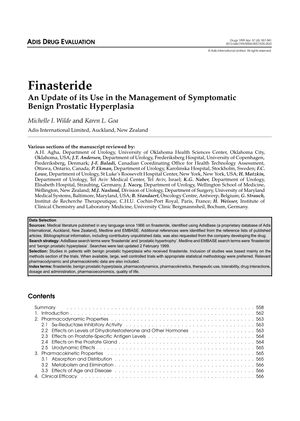 1054 citations
,
February 1998 in “The New England Journal of Medicine”
1054 citations
,
February 1998 in “The New England Journal of Medicine” Finasteride reduces urinary issues and surgery need in men with enlarged prostates by over 50%.
 34 citations
,
January 1998 in “European Urology”
34 citations
,
January 1998 in “European Urology” Finasteride works best in 6 months and lasts 6 years.
5 citations
,
April 1997 in “Muscle & Nerve”  728 citations
,
August 1996 in “The New England Journal of Medicine”
728 citations
,
August 1996 in “The New England Journal of Medicine” Terazosin and finasteride effectively treat BPH, but combining them adds no extra benefit.
 6 citations
,
August 1996 in “The Journal of Clinical Endocrinology and Metabolism”
6 citations
,
August 1996 in “The Journal of Clinical Endocrinology and Metabolism” MK-386 and finasteride together effectively reduce DHT levels, potentially treating acne and male pattern baldness.
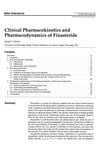 93 citations
,
January 1996 in “Clinical Pharmacokinectics”
93 citations
,
January 1996 in “Clinical Pharmacokinectics” Finasteride helps regrow hair and shrink prostate by reducing DHT, with some sexual side effects.
20 citations
,
October 1995 in “PubMed”  7 citations
,
July 1995 in “PubMed”
7 citations
,
July 1995 in “PubMed” Finasteride, a drug that changes testosterone to a different hormone, was studied and its effects over time were modeled successfully.
 5 citations
,
July 1994 in “PubMed”
5 citations
,
July 1994 in “PubMed” Finasteride, when taken daily, lowers dihydrotestosterone levels but doesn't noticeably affect adrenal steroid production, except by blocking the 5 alpha-reductase enzyme.
 9 citations
,
October 1993 in “The Journal of Clinical Pharmacology”
9 citations
,
October 1993 in “The Journal of Clinical Pharmacology” Finasteride doesn't affect antipyrine metabolism, so interactions with cytochrome P-450 enzyme drugs are unlikely.
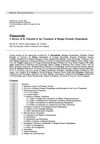 86 citations
,
July 1993 in “Drugs”
86 citations
,
July 1993 in “Drugs” Finasteride treats enlarged prostate, shrinks it, improves urination, but may cause sexual dysfunction and isn't for women or children.
 70 citations
,
June 1993 in “Biochemistry”
70 citations
,
June 1993 in “Biochemistry” Finasteride slowly binds to 5-alpha-reductase, affecting enzyme stability and inhibitor potency.
 86 citations
,
March 1993 in “Toxicology and Applied Pharmacology”
86 citations
,
March 1993 in “Toxicology and Applied Pharmacology” Finasteride affects male rat genitalia development, causing abnormalities during specific pregnancy days.
 48 citations
,
November 1992 in “Clinical Endocrinology”
48 citations
,
November 1992 in “Clinical Endocrinology” Long-term finasteride use doesn't change bone density or metabolism.
 1040 citations
,
October 1992 in “The New England Journal of Medicine”
1040 citations
,
October 1992 in “The New England Journal of Medicine” Finasteride effectively treats BPH but may increase sexual dysfunction risk.
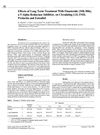 10 citations
,
October 1992 in “Hormone and Metabolic Research”
10 citations
,
October 1992 in “Hormone and Metabolic Research” Finasteride safely lowers DHT levels without affecting hormone levels, helping with conditions like enlarged prostate, acne, and hair loss.
17 citations
,
March 1992 in “PubMed” 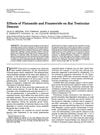 143 citations
,
August 1991 in “Endocrinology”
143 citations
,
August 1991 in “Endocrinology” Androgens, like testosterone, are crucial for early testicular descent in rats.
